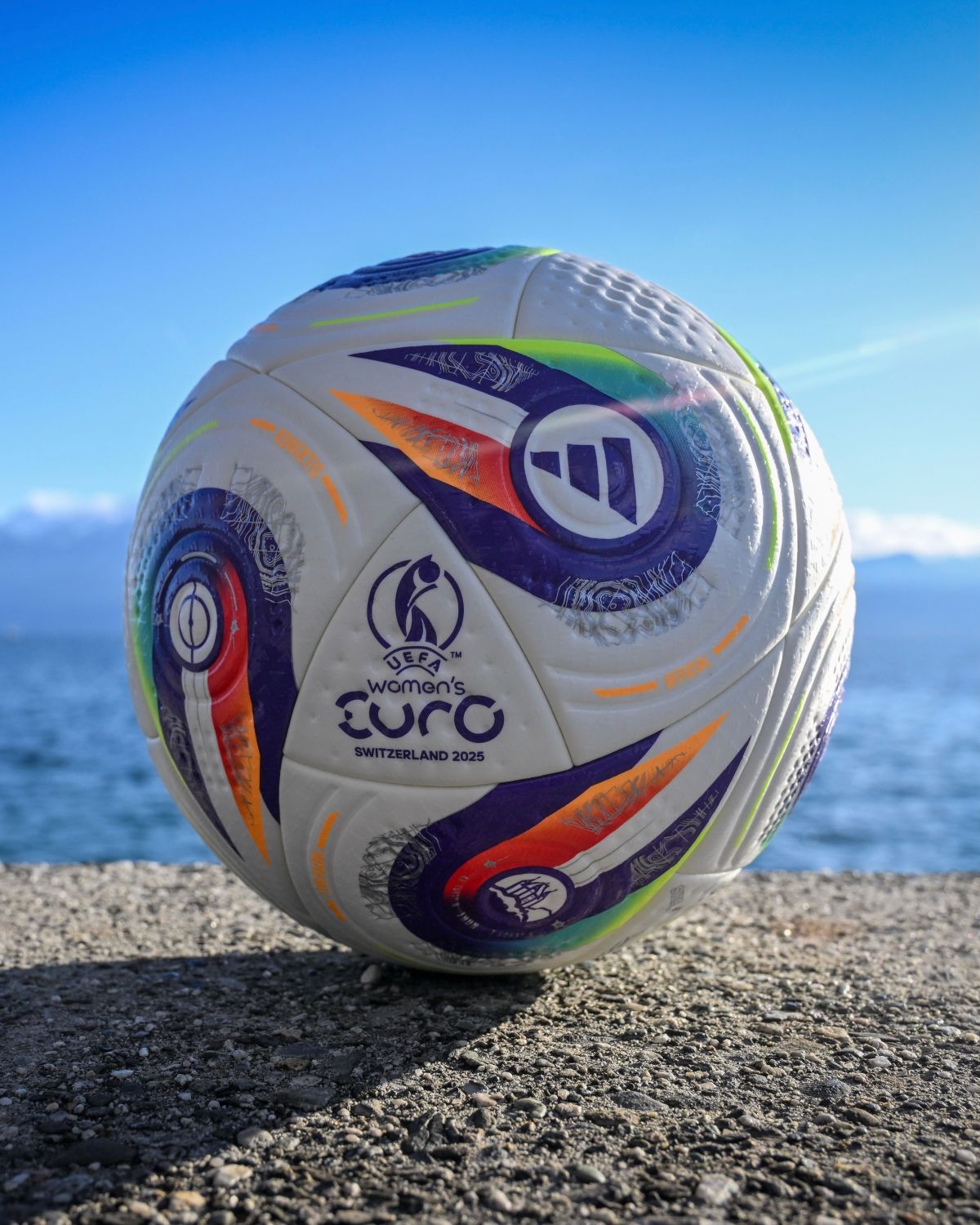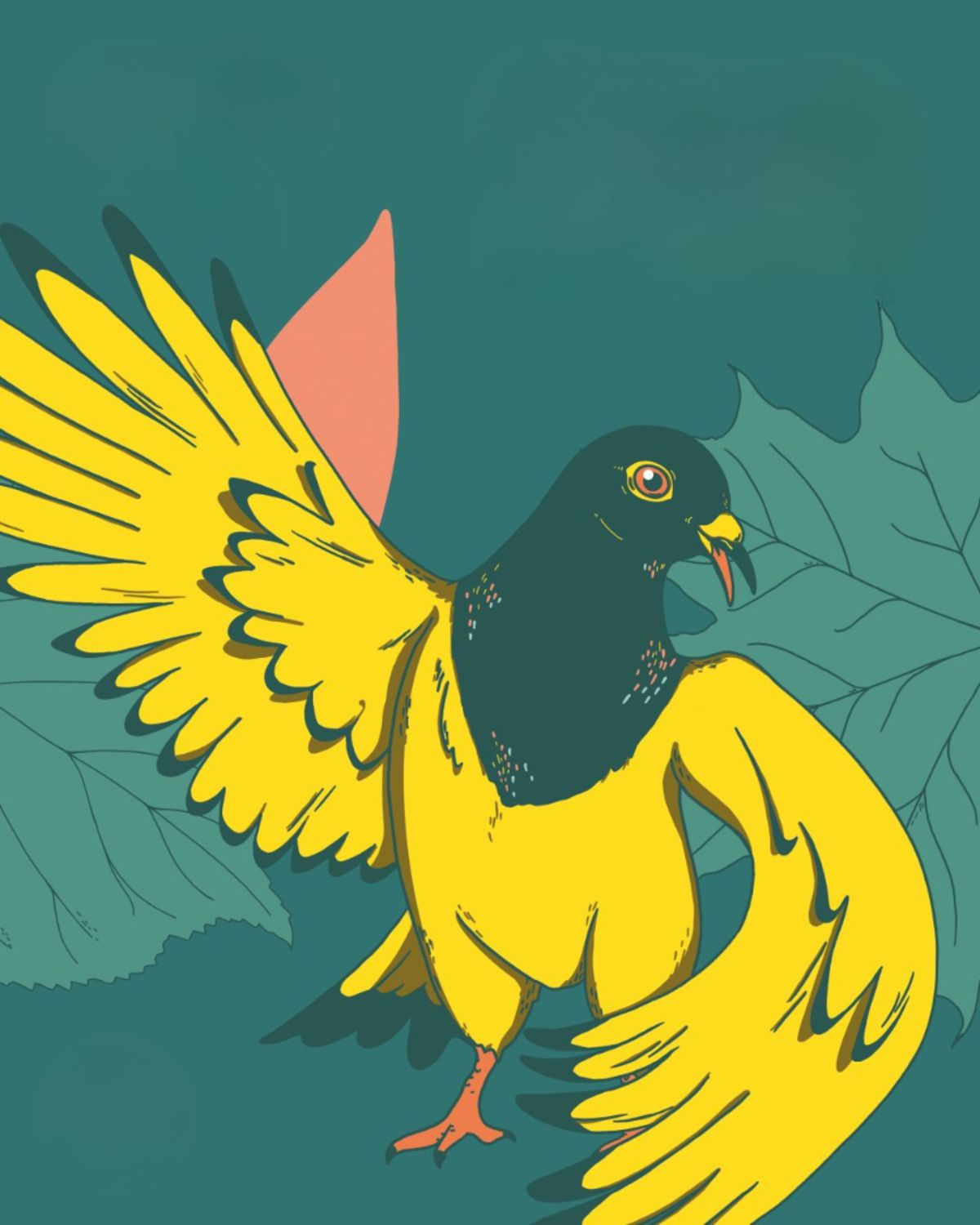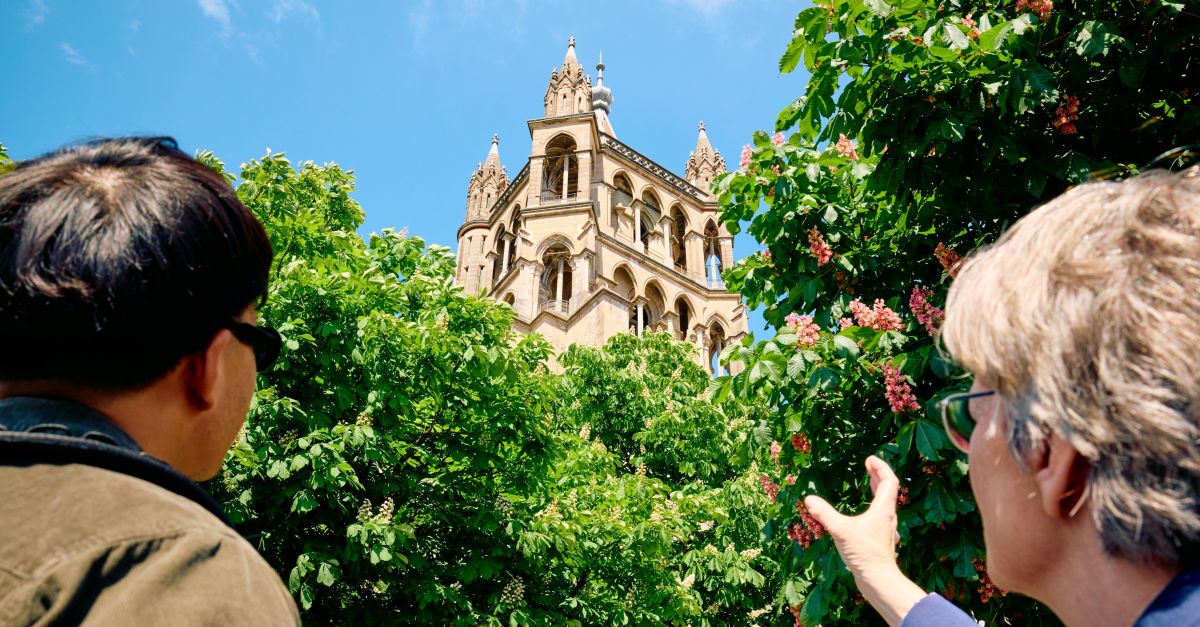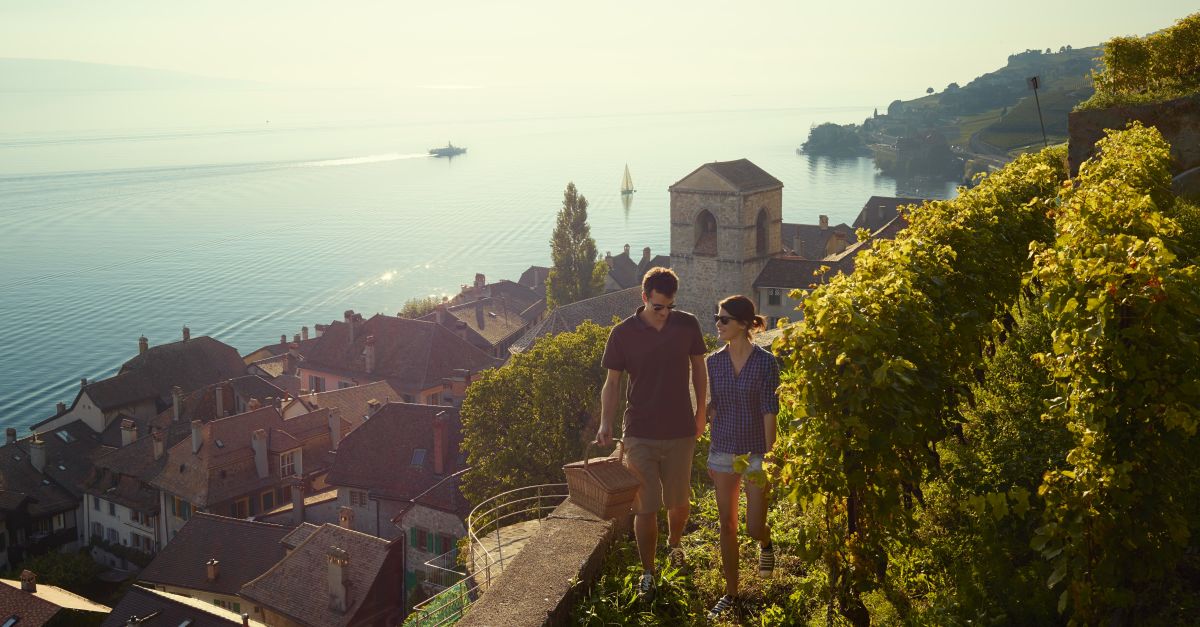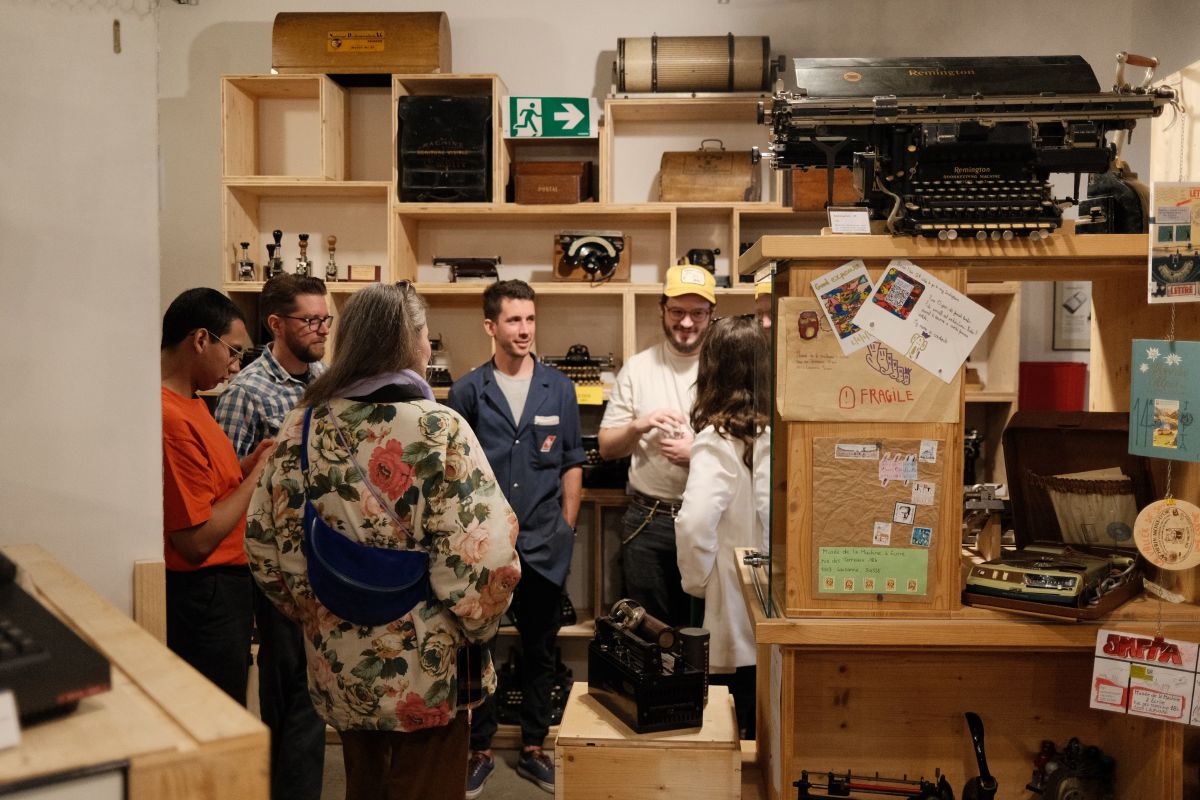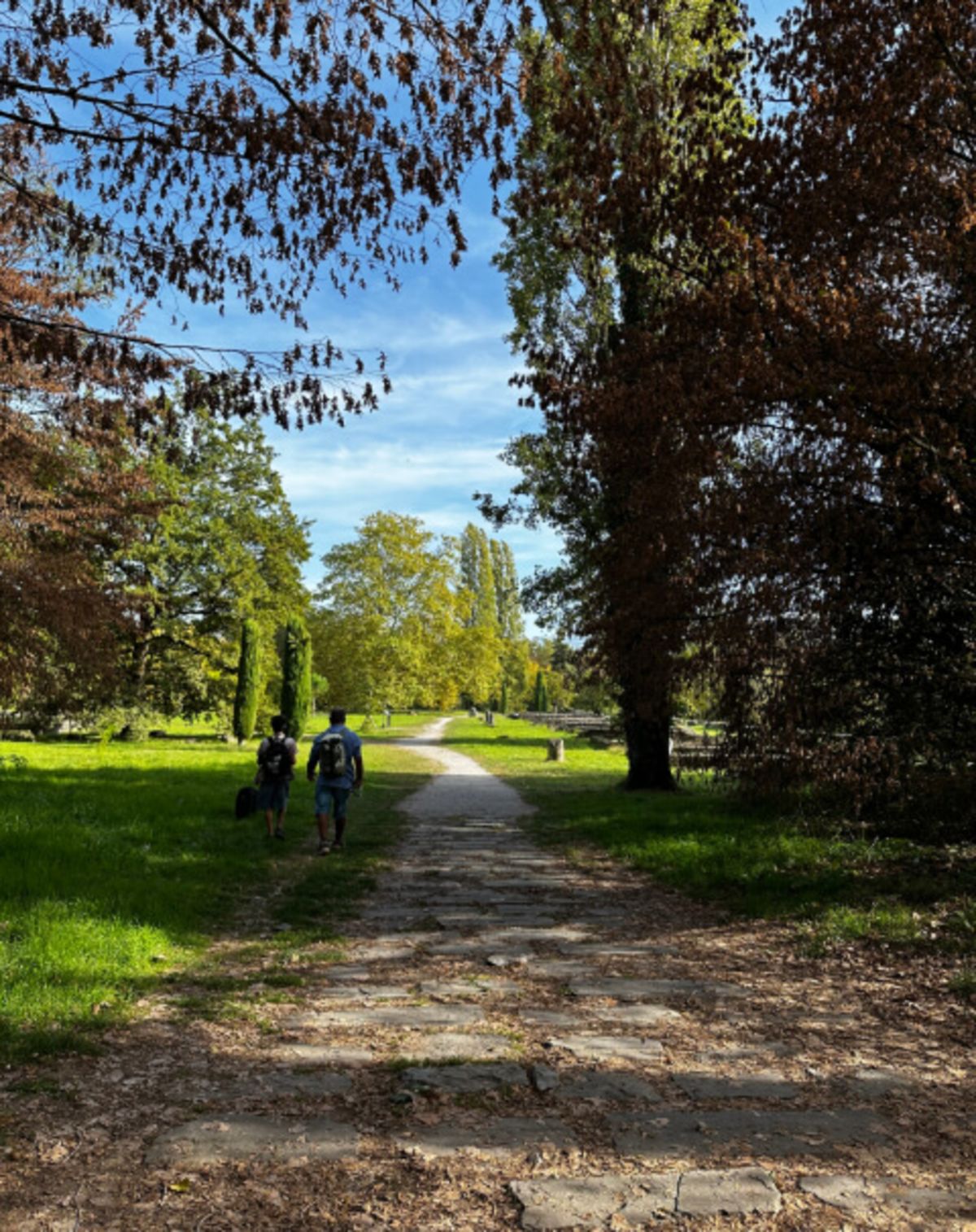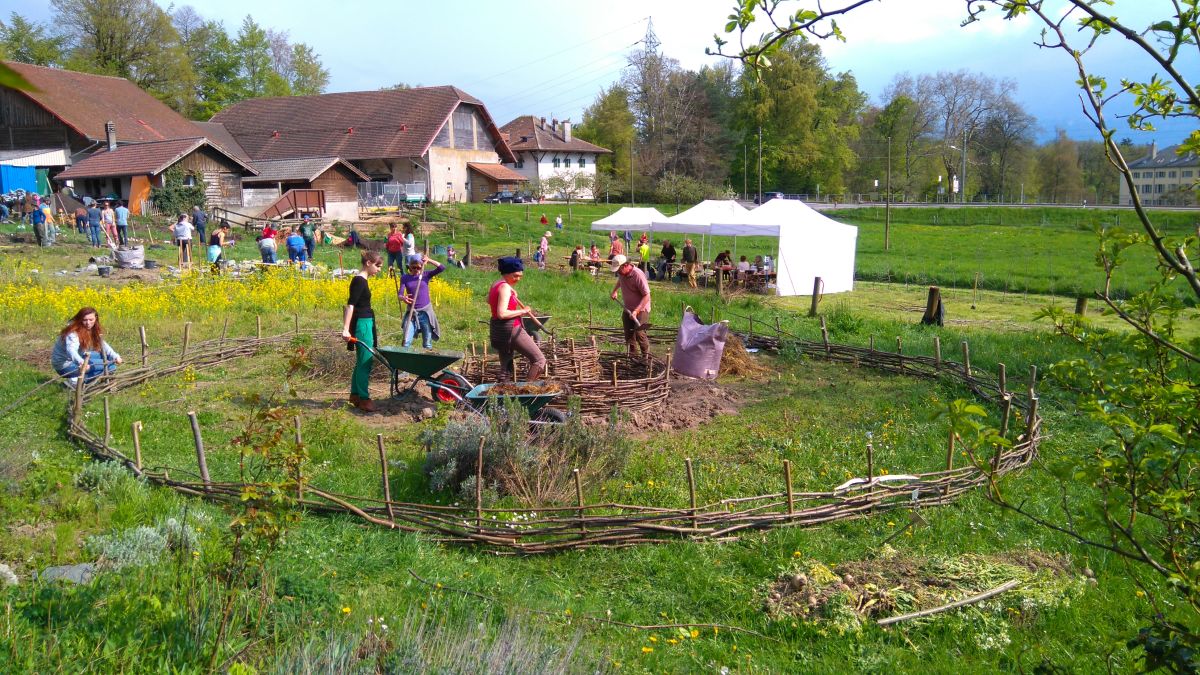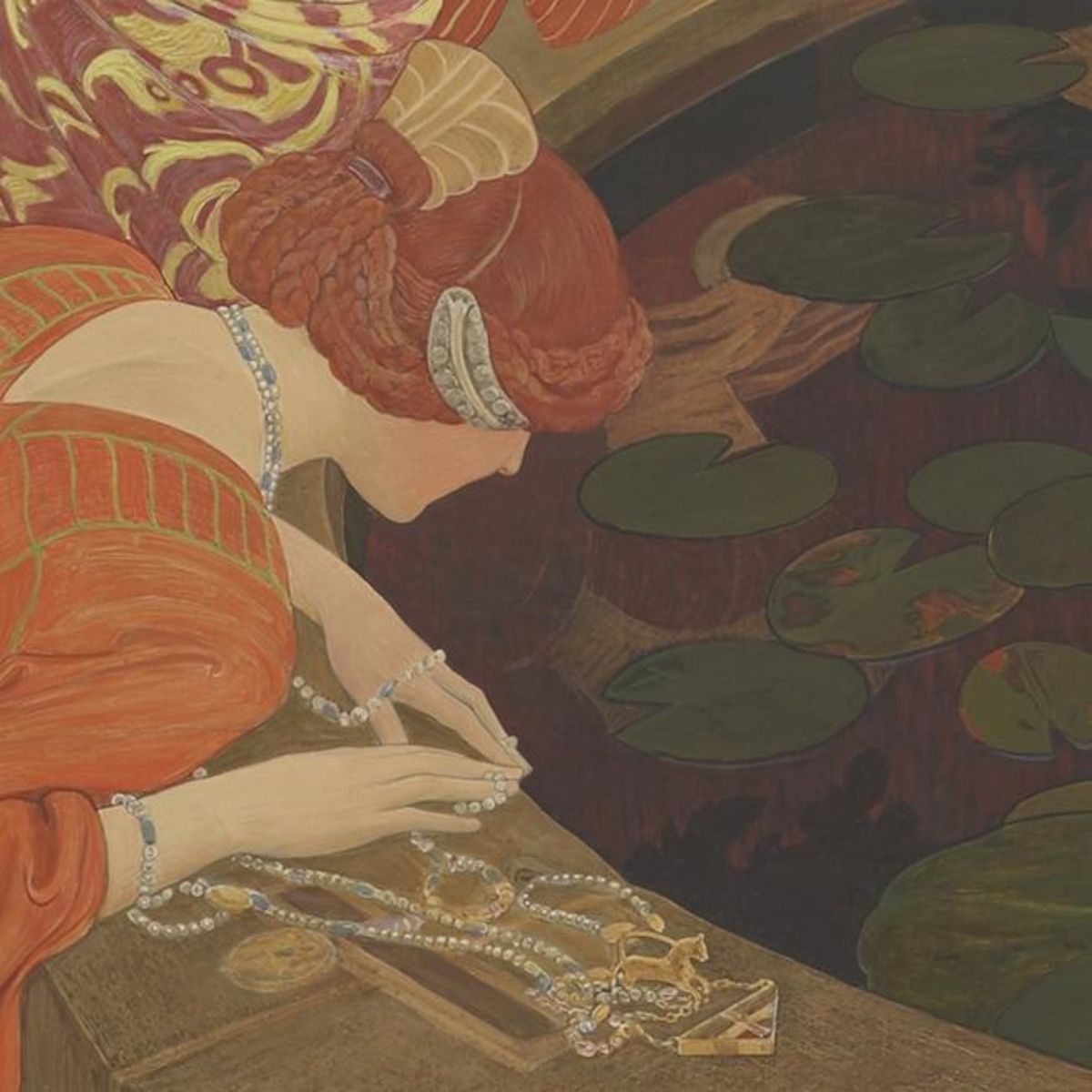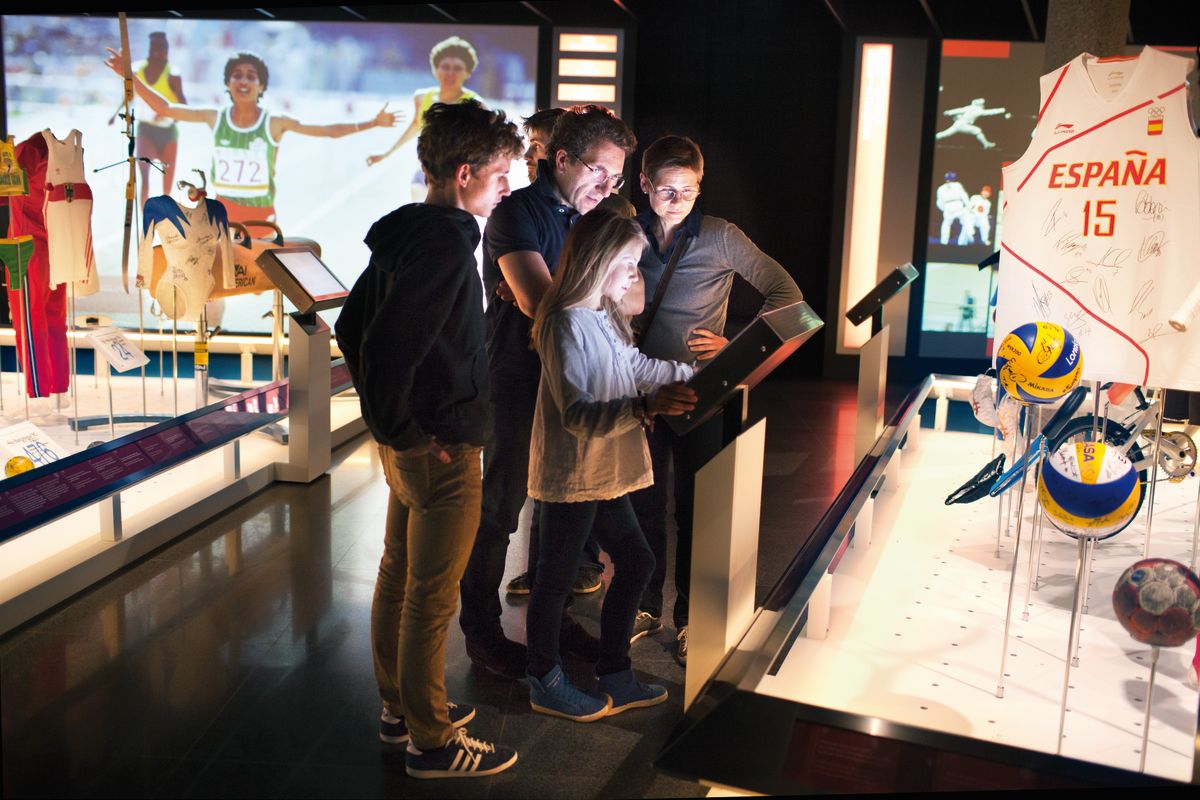Useful information
Address
Schedules
From 13.06.2025 to 26.10.2025
Tuesday
11:00 - 18:00
Wednesday
11:00 - 18:00
Thursday
11:00 - 18:00
Friday
11:00 - 18:00
Saturday
11:00 - 18:00
Sunday
11:00 - 18:00
Adults (3-day pass including the Historical Museum of Lausanne and the Roman Museum of Lausanne-Vidy)
12 CHF
AVS/AI (3-day pass including the Historical Museum of Lausanne and the Roman Museum of Lausanne-Vidy)
6 CHF
Children (under 16), students, apprentices, unemployed
Free
Groups from 6 persons (price per person)
6 CHF
Carer of a disabled person
Free
Closed on Mondays (except in July and August).
Public holidays: open from 11am to 6pm.
Free admission on the first Saturday of the month.
Public holidays: open from 11am to 6pm.
Free admission on the first Saturday of the month.
Access
Bus 3, 20, 21: «Beaulieu-Jomini» stop
More info
Ding Liren was born in 1930 and grew up in a rural area of Jiangsu province in eastern China. At the age of five, he developed a passion for insects, especially grasshoppers, mosquitoes, bees, butterflies, dragonflies and locusts. He would spend time observing the way they flew and listening intently to their calls, buzzes and whistles. He and his school friends also hunted for beetles and made little wooden shelters for them.
Ding’s curiosity for nature led him to study biology, although he harboured an obvious interest in fine art. In the late 1950s, he joined an entomology research centre, where he devoted his time to painting insects. Insect painting is a fully fledged genre of traditional Chinese art: entomology labs commonly hire artists to produce scientifically accurate depictions of insects, and the resulting works may be displayed in natural history museums. Ding spent several years producing standardised, naturalistic paintings of dried specimens, working eight hours a day.
Ding later taught decorative arts: first at a school in Shanghai, and then at a university in Guangdong. When he retired, he reconnected with his first love: insects. He no longer seeks to reproduce them faithfully, but instead to capture their movements and their vital energy. He uses collage, a technique he taught himself, as his medium of expression, working with illustrations and advertising images cut out from magazines.
The 39 works on display at the Collection de l’Art Brut, all on loan from the artist, depict beetles and grasshoppers. Their varied forms, postures and colours reflect the distinctive features of each subject.
Ding’s works are held in the collections of several museums in China, including the Power Station of Art in Shanghai.
Ding’s curiosity for nature led him to study biology, although he harboured an obvious interest in fine art. In the late 1950s, he joined an entomology research centre, where he devoted his time to painting insects. Insect painting is a fully fledged genre of traditional Chinese art: entomology labs commonly hire artists to produce scientifically accurate depictions of insects, and the resulting works may be displayed in natural history museums. Ding spent several years producing standardised, naturalistic paintings of dried specimens, working eight hours a day.
Ding later taught decorative arts: first at a school in Shanghai, and then at a university in Guangdong. When he retired, he reconnected with his first love: insects. He no longer seeks to reproduce them faithfully, but instead to capture their movements and their vital energy. He uses collage, a technique he taught himself, as his medium of expression, working with illustrations and advertising images cut out from magazines.
The 39 works on display at the Collection de l’Art Brut, all on loan from the artist, depict beetles and grasshoppers. Their varied forms, postures and colours reflect the distinctive features of each subject.
Ding’s works are held in the collections of several museums in China, including the Power Station of Art in Shanghai.





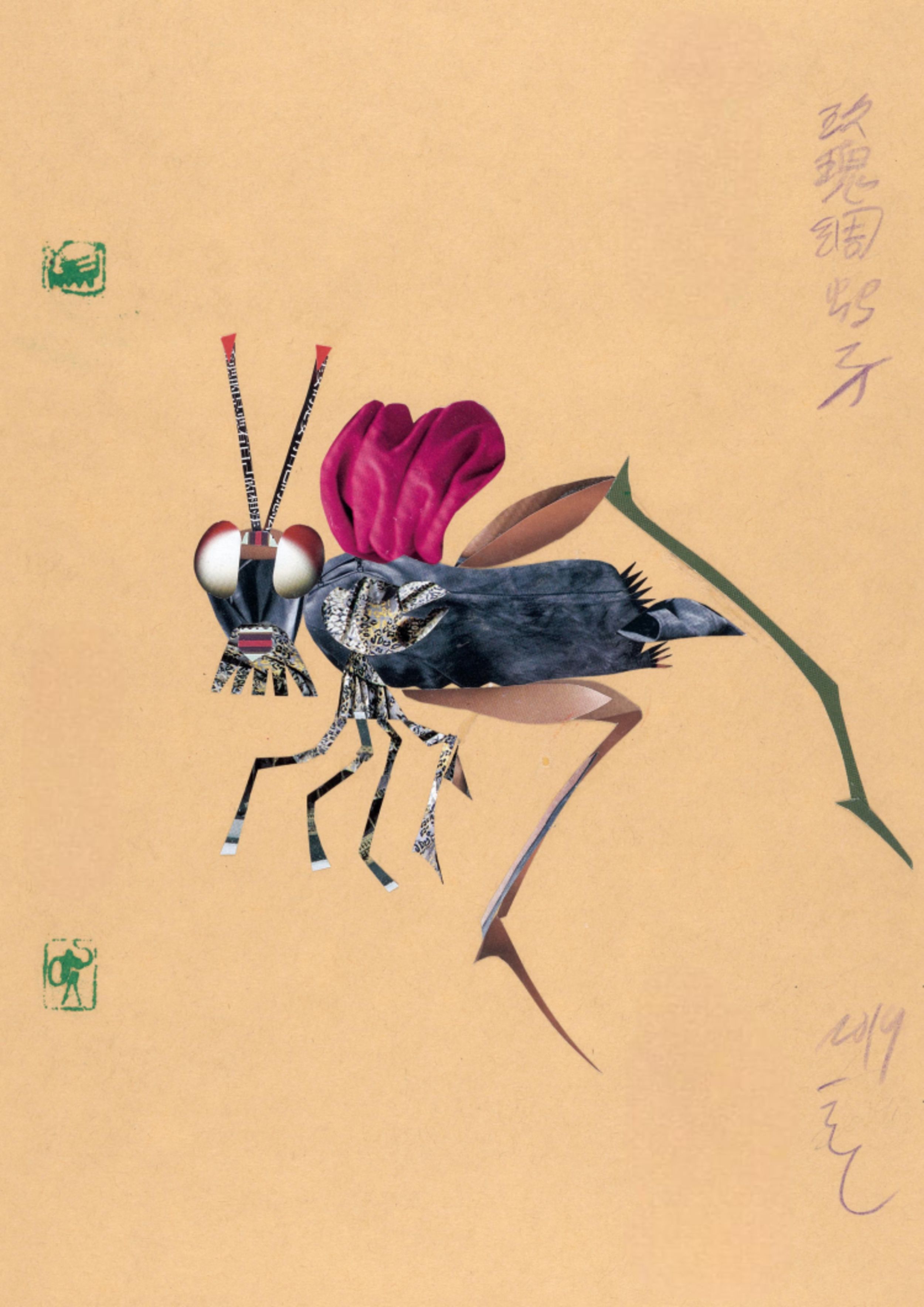
 +41 21 315 25 70
+41 21 315 25 70 Email
Email Website
Website